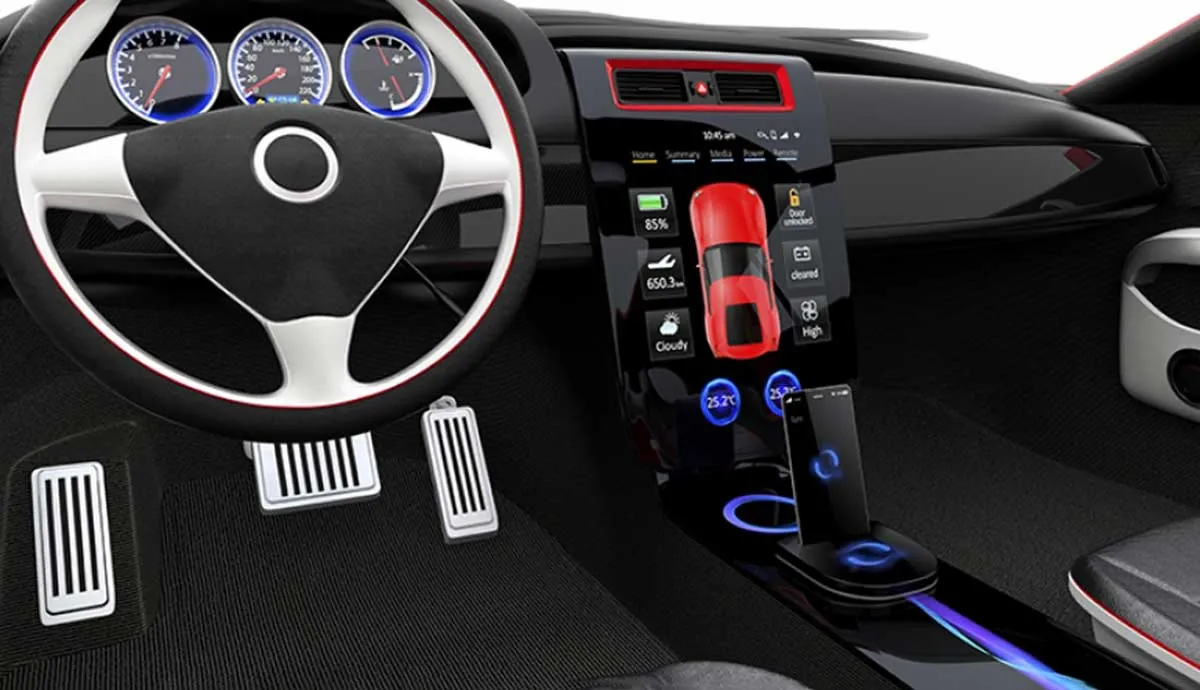It’s challenging to produce interior automotive parts that are both cost effective and able to meet high consumer expectations for quality. We can help. Our TPEs combine high quality, high productivity, and low production cost to meet your needs, whether you’re an OEM or a supplier.
Improve Performance
Consumers in the market for a new automobile are a tough crowd. They’re demanding, yet it’s understandable – they’re expecting a vehicle cabin that’s high on aesthetics and will stay beautiful over the long term. Details such as color, surface appearance, and tactile qualities can win these consumers over. One way to amp up your vehicle interiors? Add a material that’s soft to the touch, colorable and durable. In other words, explore what’s possible with TPEs. They’re known for their flexibility, durability, and abrasion and scratch resistance. What’s more, UV-stabilized TPE grades can prevent fading and cracking due to sun exposure.
Jäger Automobil-Technik GmbH embarked on just such an exploration. This top-ranking automotive supplier was designing an insert for the map-case pocket of each door on the 2009 Audi Q5, a compact SUV. This insert had to remain flexible during the winter and withstand normal use without showing signs of wear or scratches. And it needed to match the Audi Q5 interior colors while offering protection from both direct and indirect sunlight. The supplier’s exploratory journey ended when they found Avient’s Onflex™ S TPE with UV stabilization. It offered low-temperature flexibility, good abrasion resistance, excellent colorability, and resistance to attack from UV radiation – ticking off every check box on the Jäger team’s wish list.
Optimize Processing
We haven’t forgotten about costs, and neither have you. A high productivity manufacturing process that drives low per-part cost is crucial for dealing with cost pressures. Again, TPEs can help. Choosing a TPE with the optimal flow and cooling characteristics can help you lower cycle time and maximize productivity.
The Onflex™ S TPE used by Jäger, for example, was formulated with a higher flow rate than alternative materials. This reduced packing and cooling time to lower overall molding cycle time. In addition, the high flow properties allowed Jäger to run the material in a TandemMold (a patented product of T/Mould GmbH), which effectively doubled production volume.
Reduce Total System Cost
Not only do shorter cycles cut machine-related costs per part, they also reduce energy requirements to bring total system cost down even further. TPEs work to reduce costs in other ways too. Because they are readily colorable, these materials reduce scrap due to off-spec or inconsistent color. In some cases, they can reduce the number of manufacturing steps or allow parts to be combined via overmolding.
Don’t forget that consistent quality in the TPE raw material enhances consistent quality in the final part. Automotive-system suppliers and OEMs alike can rely on Avient to provide consistent quality wherever in the world they operate.
Global supplier DENSO, for example, was designing parts for an HVAC system and asked Avient to find a replacement for thermoplastic vulcanizate (TPV) material that would eliminate the need to pre-dry. The resulting TPE material met this requirement and shortened cycle times. DENSO’s success was multiplied when they transferred the TPE technology to subsidiaries in other regions

